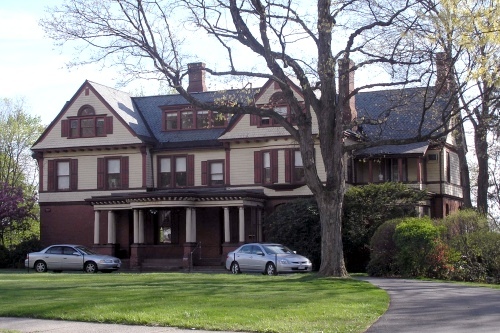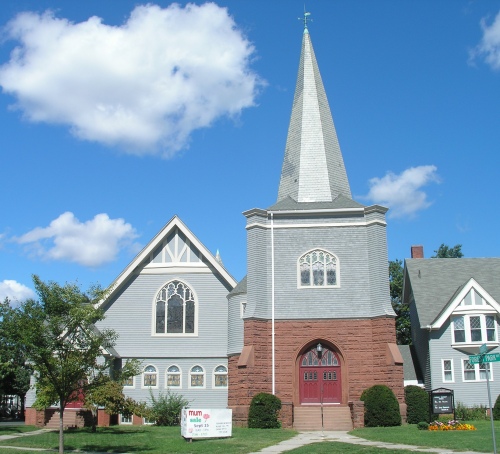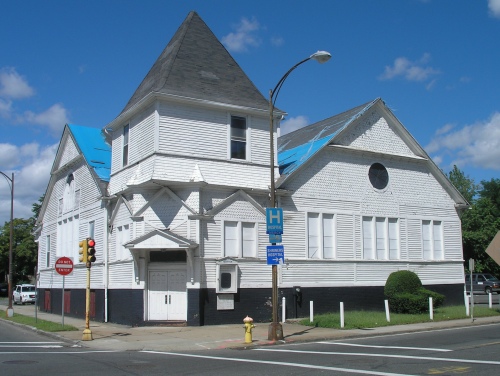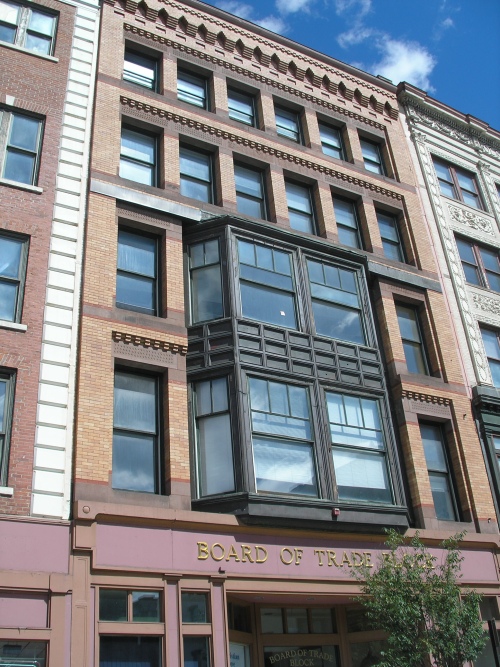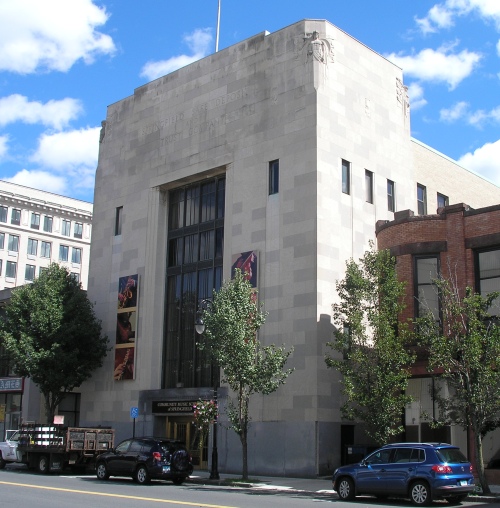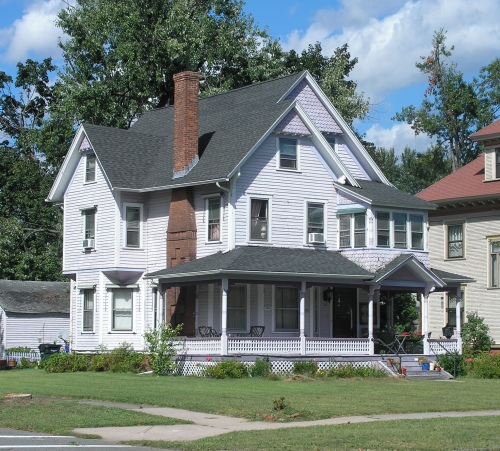French Congregational Church – First Spiritualist Church (1887)
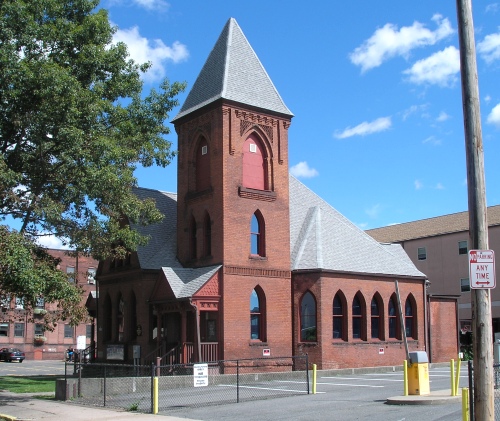
The picture above was taken in 2012, four years before the recent move of what was once the French Congregational Church and then the First Spiritualist Church. This spring, the building was moved 600 feet from its original address at 33-37 Bliss Street to a new location closer to Union Street to make way for construction of the new MGM Springfield Casino. The High Victorian Gothic-style church was erected in 1887 through the leadership of Springfield industrialist Daniel B. Wesson to benefit French Canadian Huguenots who were employed by the Smith and Wesson Company. In 1909, the French Protestants gave up the church and Wesson sold it to the Congregational Union. In 1918 the church was acquired by the First Spiritualist Society, formed in 1898, which incorporated in 1919 as the First Spiritualist Church of Springfield. The Church sold the building in 2013 and moved to a new location in Chicopee, where it is now known as the Healing Hands of Light Spiritualist Church. UPDATE: The relocated Church, which now faces Union Street, is part of the MGM Springfield Casino complex.
Continue reading “French Congregational Church – First Spiritualist Church (1887)”
